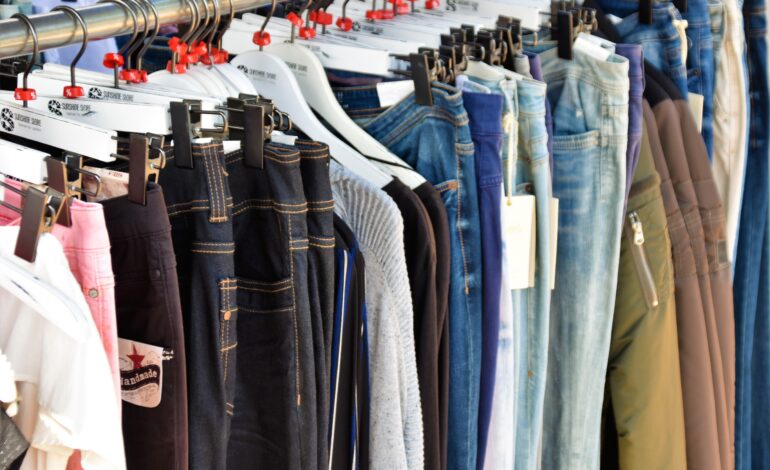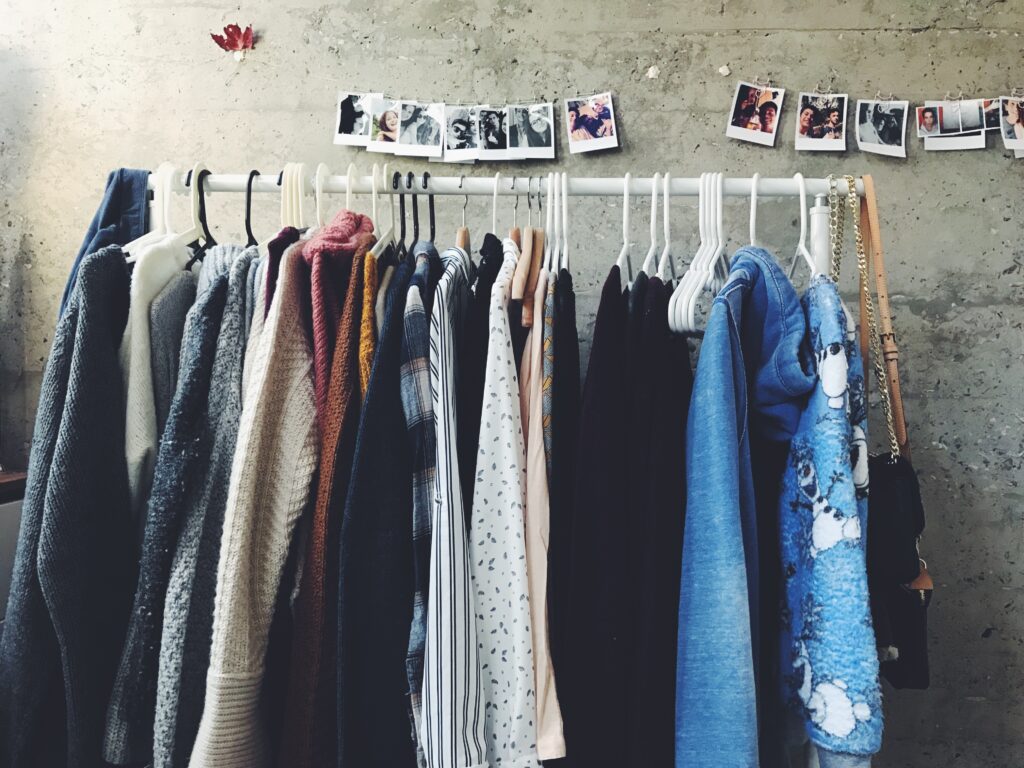
Faith Nyasuguta
At the beginning of this month, African ministers adopted the protocol that wards off trading second-hand clothes across the continent under the preferences of the African Continental Free Trade Area (AfCFTA).
The resolution was made during the second Ministerial Retreat of the Council of Ministers on the AfCFTA, held in Kenya’s capital, Nairobi, to assess the progress and address critical aspects of the agreement’s implementation.
Held under the theme “The Role of the Private Sector in the Implementation of the AfCFTA: Own and Drive AfCFTA,” the ministers delved into the outstanding Rules of Origin on Auto, Textiles and Clothing, estimated tariff revenue losses and the adjustment facility allocations, as well as proposals on front-loading liberalisation of trade in basic agricultural products.
The Secretary General of AfCFTA, Wamkele Mene, said the move to avert the trade of second-hand clothes is a key step in encouraging value-addition and industrialisation in Africa.
“The decision of the Council of Ministers is a strong message that our single market will not be used as a dumping ground for used clothes coming from outside Africa,” he said.
Key to note is that Mene asserted that it will significantly protect the African textile industries and promote investment in that critical sector.

Countless times, raw materials for garments are sourced in Africa, manufactured in the northern hemisphere, but when the final product is discarded, it is sent back to Africa as goodwill and due to the quality of garments made from first fashion, the clothing is returned to Africa as waste.
This is not a maiden move by Africans on this issue. In 2015, the East African Community (EAC) Heads of State adopted a three-year gradual process to phase out the importation of second-hand clothes and footwear.
It was deemed to make EAC textile and leather factories self-sufficient to serve the local and international markets, including the African Growth and Opportunity Act (AGOA) market which had kept the window wide open for African exports into the American market the same year.
At that time, EAC accounted for 13 percent of global imports of used clothing amounting to $274m.
Much as other EAC member nations rescinded on the decision at a later stage due to the US action of removing these countries from accessing the duty-free AGOA market, Rwanda kept a firm stance.
Moving forward, Rwanda deliberated on a strategy to develop the textiles, apparel and leather industrial sectors and a blueprint was consequently designed on how to implement such a strategy.
The nation put in place a Made-in-Rwanda strategy to boost domestic production and stimulate local consumption habits, which has gained momentum up to now with more Rwandans styling their locally manufactured attire at different occasions.

Despite all these, the question remains on whether nations will be able to meet the affordability and quality improvement of products from local textile industries.
RELATED:




